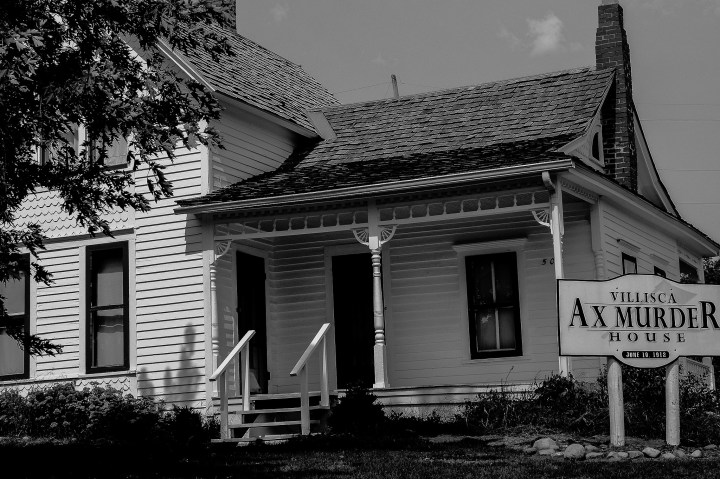7 Horrifying Iowa Stories You Didn’t Learn About In History Class
Iowa’s schools are pretty good, and they cover a whole lot of Iowa history. Chances are, you have heard the story of how Julien Dubuque founded the first settlement in Iowa with help from the King of Spain and neighboring Natives, and you might be familiar with Iowan abolitionists bringing the Underground Railroad through the state to assist runaway slaves. Unfortunately, not all of Iowa history is full of happy endings – here are a few of the darker stories of our state’s past that tend to get buried beneath the highlights. They are the things of which Iowa ghost stories are made.







Are there any other Iowa ghost stories you’d like to tell? Or do you have any little-known tidbits about Iowa history? Share them in the comments below!
If you’ve got to lighten the mood after reading this, check out 10 Thrilling Iowa Adventures You’ll Want To Drop Everything For and get out of the house for a little fresh air.
OnlyInYourState may earn compensation through affiliate links in this article. As an Amazon Associate, we earn from qualifying purchases.
More to Explore
Iowa Ghost Stories
What are some of the most haunted places in Iowa?
Have you ever seen a ghost? If you haven’t yet but want to, try visiting some of the most haunted places in Iowa to increase your chances. Visit the Mathias Ham House in Dubque, for example, where quite a few members of the Ham family died. You might even hear their footsteps and their voices during your visit. You’d probably expect to run into the paranormal in a cemetery, and you’d be right if you visit Ashton Cemetery in Mingo. Built on a sacred Native American site, the cemetery is teeming with the paranormal. Don’t be surprised if you see orbs or hear strange sounds (when no one’s around).
Are there any creepy places in Iowa?
If you consider haunted spots creepy places in Iowa, you’re in luck. Iowa’s got its fair share of them, many of which are well worth a visit. In fact, you might even want to go on a road trip to the creepiest places in Iowa. Visit such chilling sites, for example, as The Singing Bridge in Twin Falls and the Stricker Ranch in Hanson. Did you know that Howells Opera House in Oakley is said to be haunted by a former actress from the early 20th century? She’s been known to show up during the middle of performances. If you visit Ammon Park in Pocatello, you might run into the girl in the blue dress, who spends most of her time on a swing.
Are there any ghost towns in Iowa?
Can you think of a better way to spend a day than discovering the ghost towns in Iowa? A road trip’s perfect any time of the year, especially one that leads you to Iowa’s ghost towns. Begin your journey in Elkport. It was a thriving community until 2004 when floods devastated it. Two years later, the town was demolished. Sunbury, an old railroad town, provides a glimpse into the past with its abandoned structures, including the town bank. You won’t see too much in Kimross, but it’s well worth a stop to check out the lone remaining buildings – an old brick school and a gas station, both of which are now abandoned.




